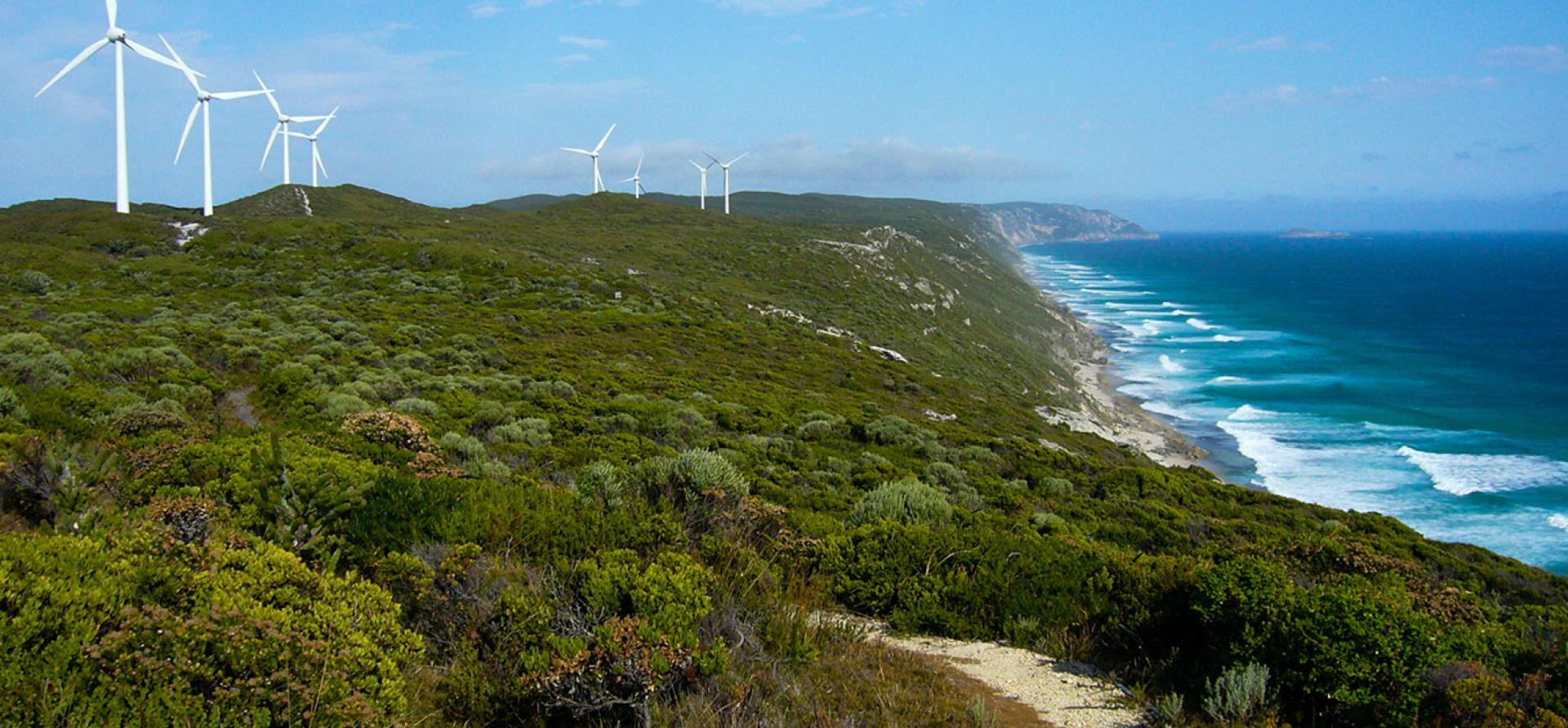Submission to the Climate Change Authority: Setting, tracking and achieving Australia’s emissions reduction targets
Download Full Version

Key Findings
Australia needs national energy pathways
Australia needs to assess and address methane emissions appropriately
Decommissioning and transferred emissions risks need to be addressed to avoid a disorderly transition
Submission to the Climate Change Authority
Thank you for the opportunity to present IEEFA’s submission to this consultation
Regards
Amandine Denis-Ryan – chief executive, IEEFA Australia
Jay Gordon – research analyst, Australian electricity IEEFA Asia Pacific
Institute for Energy Economics and Financial Analysis (IEEFA)
91 Percy Street, Warwick Qld 4370
Submitted via email
Question 1 - What actions and enablers beyond those identified in the Strategic Framework could help Australia progress towards a prosperous and resilient net zero future? What are your highest priorities?
Question 12 - What factors should the Authority consider when developing sectoral decarbonisation pathways?
Australia needs national energy pathways
We cannot look at solutions separately, and focus only on sectoral pathways, we need an integrated approach to our energy strategy and national energy pathways to guide policy and investments decisions. The attached report goes through this issue in detail, and below is its executive summary.
“The Australian government has made a clear commitment to the global goal of limiting global warming below 1.5°C. To support this objective, Australia has set emissions reduction and renewable electricity generation targets. However, it has no comprehensive plan for how it will achieve those targets, and some internal inconsistencies between different government objectives are creating confusion when it comes to implementation.
“In the absence of a comprehensive plan, the Australian Energy Market Operator’s (AEMO) scenarios are used by many to support planning and investment decisions. However, the scenario presented as most likely only meets some but not all of the government’s objectives and doesn’t meet Victoria’s emissions reduction targets. Its electricity and gas scenarios also materially contradict each other, and AEMO’s choice of assumptions has been questioned by clean energy investors. The current piecemeal approach appears to prioritise supply-side solutions over demand-side solutions, and does not sufficiently analyse the potential impact and value of distributed resources.
“Australia needs 1.5°C national energy pathways that look at the energy transition in an integrated way across fuel types, sectors and solutions. The pathways should investigate a wide range of possible outcomes – clearly identifying where solutions are preferable, and exploring alternatives where large amounts of uncertainty exist. The pathways should support planning decisions, and make recommendations on which new supply projects are essential, on timelines for phasing out key infrastructure assets, and on priority usage for scarce resources. This should include both domestic energy requirements as well as export-focused projects.”
















